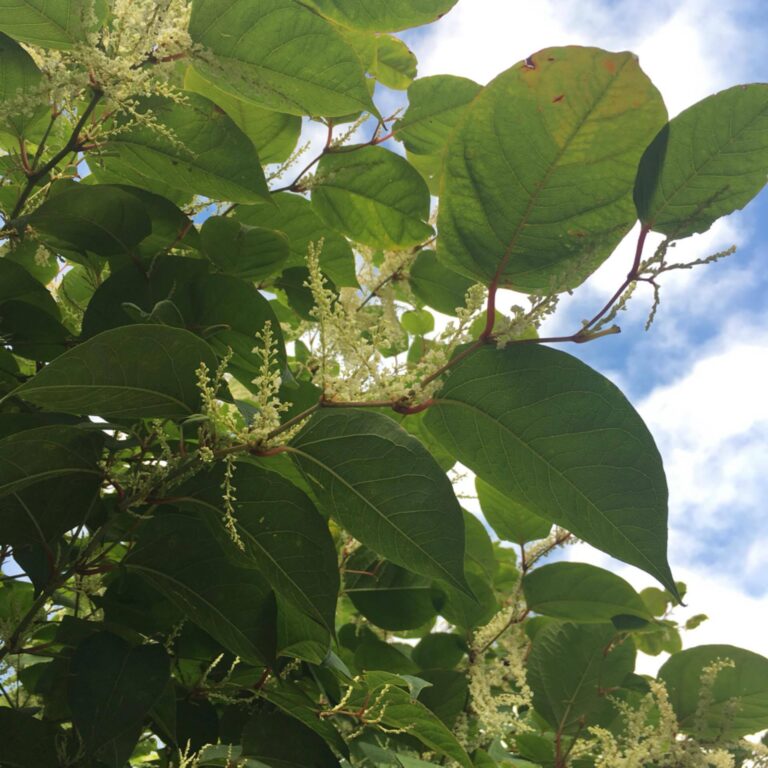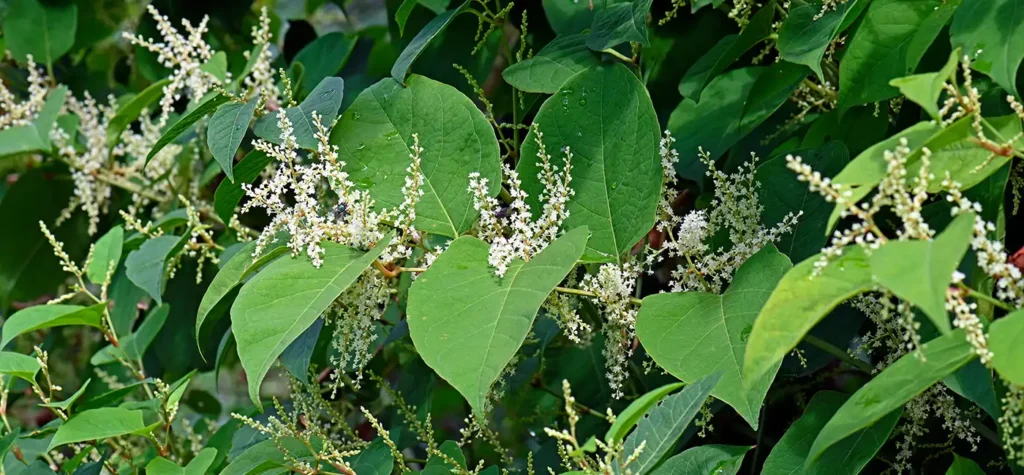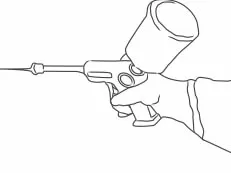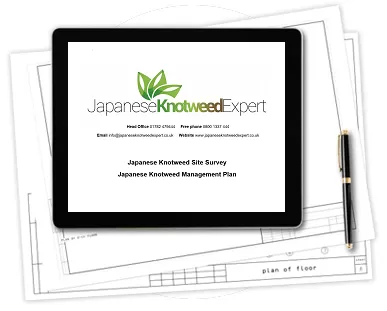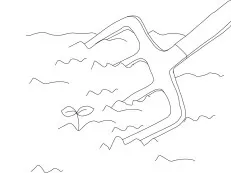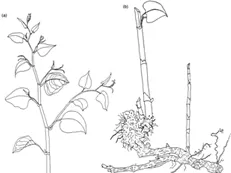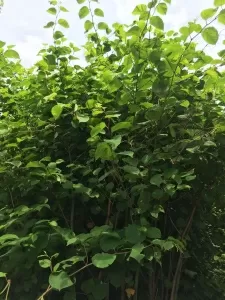
It can be tempting to try out DIY Japanese knotweed removal if you suspect you may have it on your property. However, you should be aware that DIY Japanese knotweed removal can not only be incredibly complex and time-consuming but can have some serious environmental and legal implications if not completed by certified, accredited gardeners.

